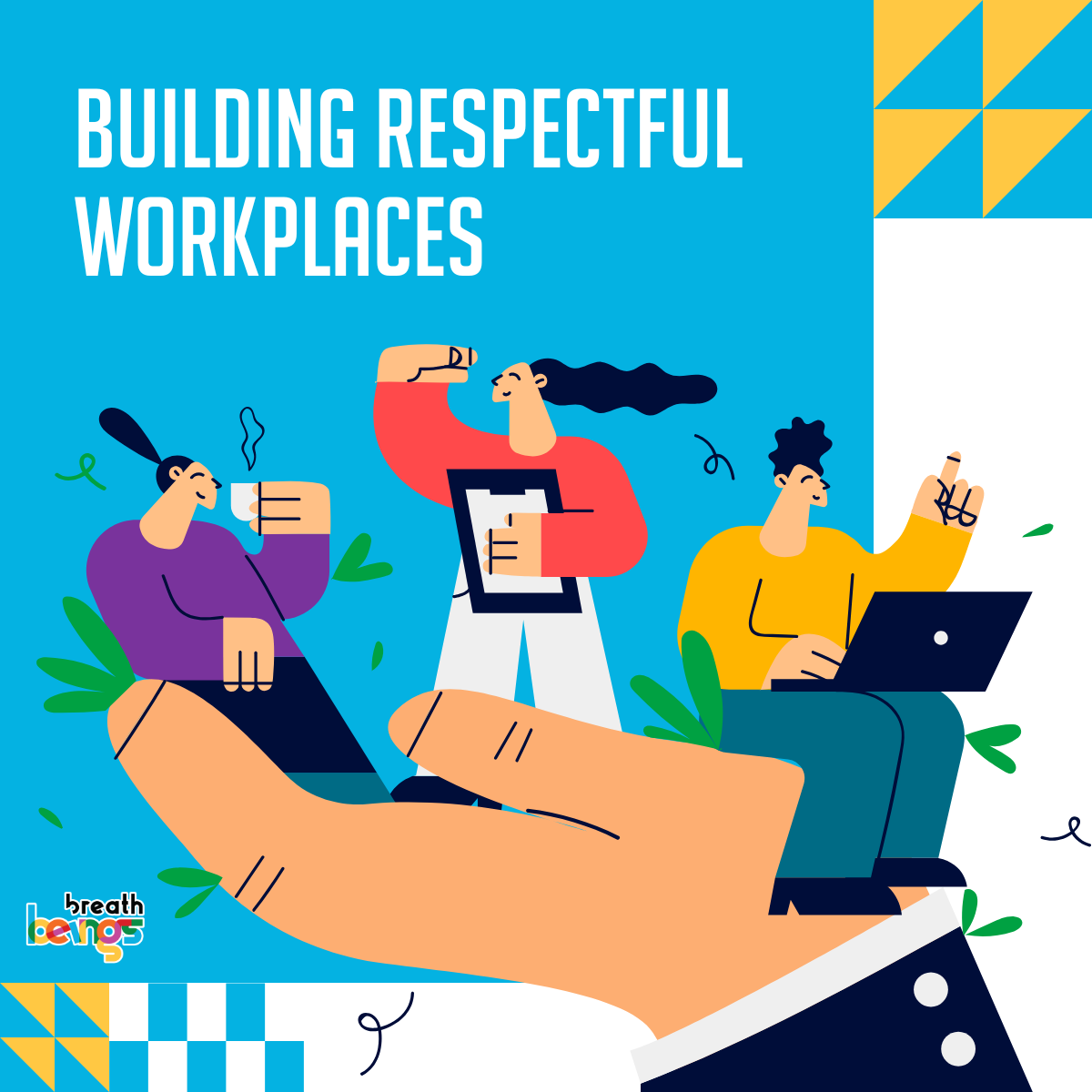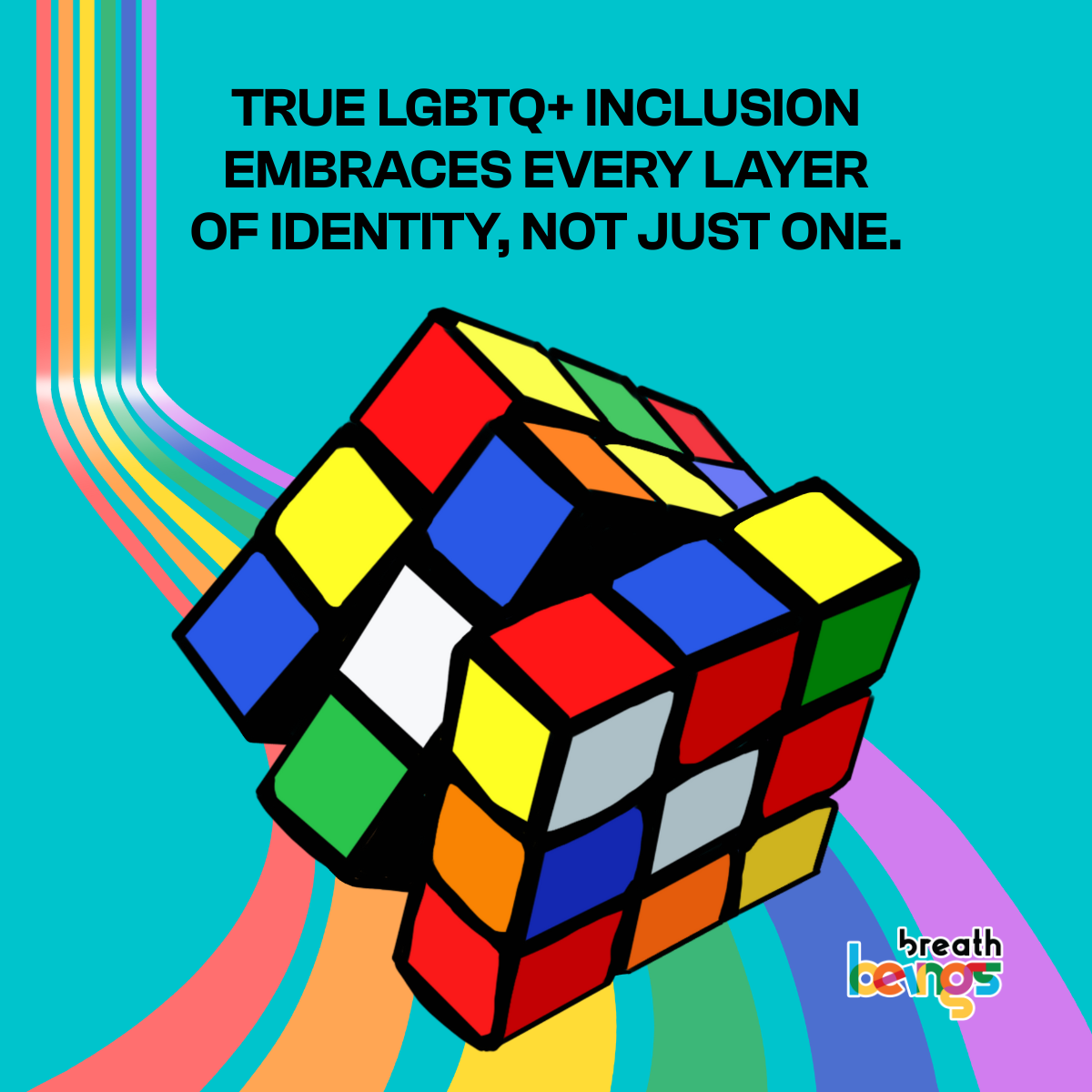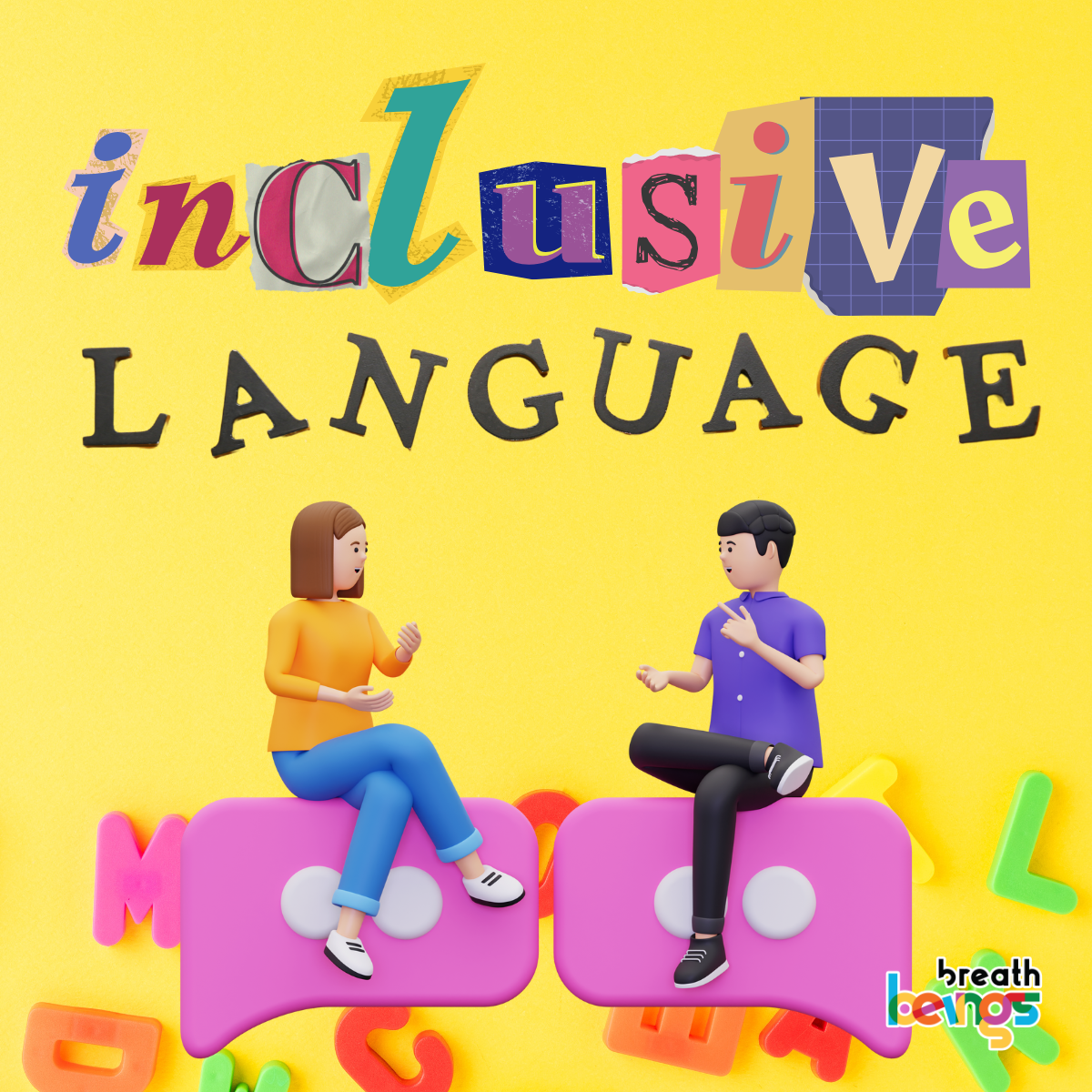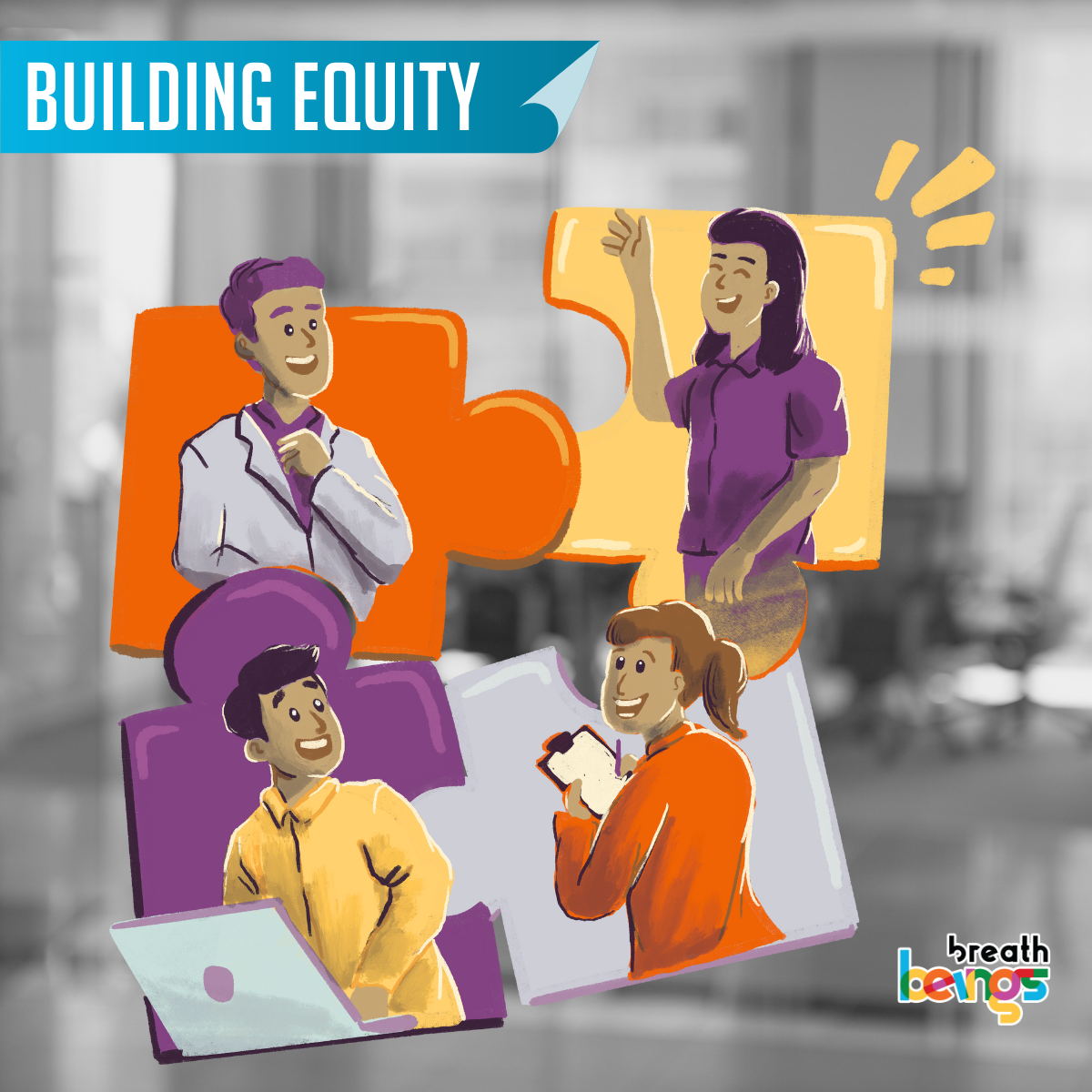“…Companies leading their geography and industry for diversity, equity, inclusion and belonging perform better than their market average across a wide range of key performance metrics.”
So says a 2020 World Economic Forum report. What are those key performance metrics? Profitability, innovation, decision-making, and employee engagement.
This wasn’t just a one-off finding. Year after year, research consistently shows that diverse and inclusive organizations outperform their peers as they master the art of infusing inclusion throughout their talent lifecycle.
Yet, despite the clear business case, many companies still struggle to create truly inclusive environments. A Gallup study from 2022 reveals that the majority of the employees don’t feel their voices are heard with only 31% saying they find their company’s DEIB strategies sufficient. The disconnect is stark and telling.
The concept of inclusion has evolved far beyond its origins as a siloed HR initiative. Organizations are now slowly waking up to the fact that true inclusion is a continuous process. It’s not just about having diversity programs or meeting quotas. The real differentiator lies in how organizations approach inclusion throughout the entire employee journey.
How can you ensure that inclusion isn’t just a lofty ideal, but a tangible practice that permeates every stage of your talent lifecycle?
Rethinking Recruitment
The talent lifecycle begins long before a candidate submits their application. It starts with how you present your organization to the world. Are your job descriptions written in a way that welcomes diverse candidates? Does your employer brand reflect a genuine commitment to inclusion?
Let’s take the example of Tech Innovators Pvt Ltd* a mid-sized software company that struggled to attract diverse talent. They took a hard look at their recruitment process and realized their job postings were unintentionally exclusionary, filled with industry jargon and masculine-coded language like “aggressive self-starters”, “marketing ninja”, and so on. By rewriting their job descriptions to be more inclusive and showcasing their diverse workforce in recruitment materials, they saw a marked increase in applications from underrepresented groups soon enough.
But inclusive recruitment goes beyond just attracting diverse candidates. It’s about ensuring fairness and eliminating bias throughout the selection process. This might involve using AI-powered tools to screen resumes without demographic information, implementing structured interviews to ensure consistency, or assembling diverse hiring panels to bring multiple perspectives to the decision-making process.
Onboarding with Intention
Once you’ve successfully recruited diverse talent, the next crucial step is onboarding. This is your opportunity to reinforce your commitment to inclusion from day one. Instead of a one-size-fits-all approach, consider how you can tailor the onboarding experience to meet individual needs while ensuring a sense of belonging for all.
Global Foods Pvt Ltd*, an MNC, revamped their onboarding process to include a “Cultural Ambassador” program. New hires were paired with experienced employees from different backgrounds who served as mentors and cultural guides. This initiative not only helped newcomers feel more connected and supported but also fostered cross-cultural understanding throughout the organization.
Developing Diverse Talent
As employees settle into their roles, the focus shifts to development and growth. Inclusive talent development means ensuring that all employees have equal access to opportunities for learning, mentorship, and career advancement.
This might involve creating targeted leadership development programs for underrepresented groups, offering flexible learning options to accommodate different work styles and personal commitments, or implementing transparent promotion criteria to eliminate favoritism and unconscious bias.
The University of Alabama Birmingham in the US introduced the “Institute for Leadership” program, where they set out to identify high potential employees among upper middle management. It offered opportunities for senior leadership to identify and engage with promising individuals from diverse backgrounds through a series of sessions and assessments. The program was successfully able to bring about change in performance and positive changes in leadership styles, among other things.
Retention through Belonging
The ultimate test of your inclusion efforts is retention. Do your employees feel valued and heard?
Retention does not hinge merely on bonuses or providing other perks. It’s more about the relationship dynamics as a McKinsey report shows. Not feeling valued and not having a sense of belonging were two of the primary reasons that employees cited for quitting their organizations. Employees seek quality human interactions, interpersonal connections, and a sense of unity, all of which go beyond financial incentives.
Creating a healthy culture of belonging involves ongoing efforts such as:
- Regularly soliciting and acting on employee feedback
- Celebrating diversity through employee resource groups and cultural events
- Ensuring that company policies and benefits are inclusive and equitable
- Providing ongoing education and training on diversity, equity, and inclusion for all employees
The Power of Diverse Perspectives
When employees feel a strong sense of belonging, they also contribute more, providing valuable diverse perspectives.
Which brings us to a crucial question – What are the benefits of incorporating diverse perspectives in decision-making processes?
The answer is simple yet profound: innovation, better problem-solving, and improved business outcomes. When you bring together individuals with different backgrounds, experiences, and ways of thinking, you create a melting pot of ideas that can lead to breakthrough solutions and strategies.
Stallion Express, a Canadian e-commerce shipping company, designed a marketing campaign that included the diverse backgrounds and experiences of their customers. Working with influencers from different cultures helped them achieve a 20% increase in CSAT scores and pushed up campaign effectiveness by 15%..
Diverse perspectives can also help identify blind spots in your talent management processes. For example, a team member from a different cultural background might point out that your leadership assessment tools are biased towards a particular communication style, leading to a more inclusive redesign of your evaluation methods.
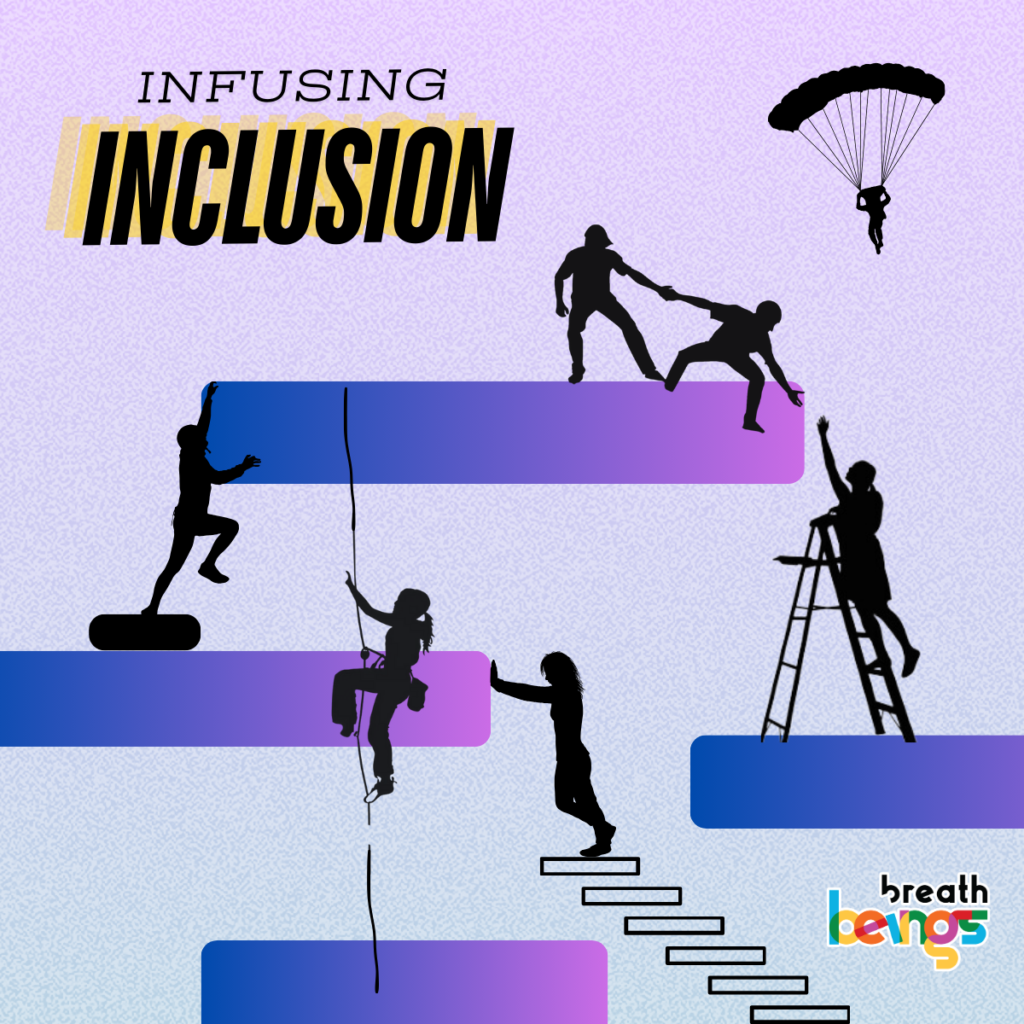
Measuring Inclusion Success
And finally, the question that remains is how can organizations measure the effectiveness of their inclusion efforts across the entire talent lifecycle?
Measuring inclusion can be challenging, as it often involves intangible factors. However, there are several key metrics and methods you can use to gauge your progress:
- Diversity metrics: Track the demographic composition of your workforce at various levels and stages of the talent lifecycle. Look for trends and patterns in hiring, promotion, and retention rates across different groups.
- Employee surveys: Regular pulse checks and comprehensive engagement surveys can provide valuable insights into employees’ sense of belonging and perceptions of inclusion.
- Inclusion indices: Develop a custom index that combines various metrics (e.g., representation in leadership, pay equity, promotion rates) to give an overall picture of inclusion in your organization.
- Qualitative feedback: Conduct focus groups or one-on-one interviews to gather more nuanced feedback on the employee experience.
- Business outcomes: Monitor how increased inclusion correlates with business metrics such as innovation, customer satisfaction, and financial performance.
- External recognition: Track your progress in diversity and inclusion rankings or benchmarks within your industry.
It’s important to keep in mind that measurement is not just about collecting data—it’s about using that data to finetune strategies constantly to drive continuous improvement.
The Journey Continues
Infusing inclusion throughout the talent lifecycle is not a destination but a journey. It requires ongoing commitment, continuous learning, and a willingness to challenge the status quo.
Every small step towards inclusion can have a ripple effect throughout your organization. From the way you write a job description to how you celebrate team successes, every action is an opportunity to create a more inclusive workplace.
The future of work is inclusive—and it starts with you.



